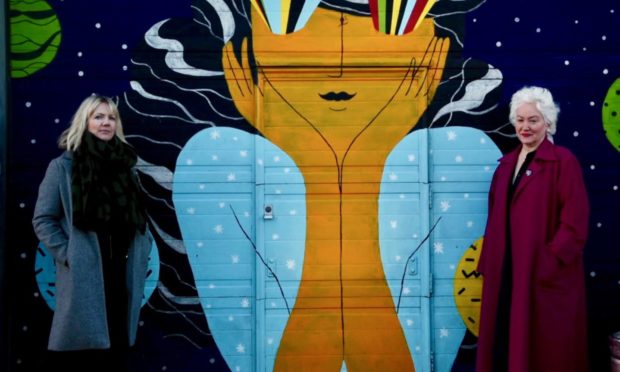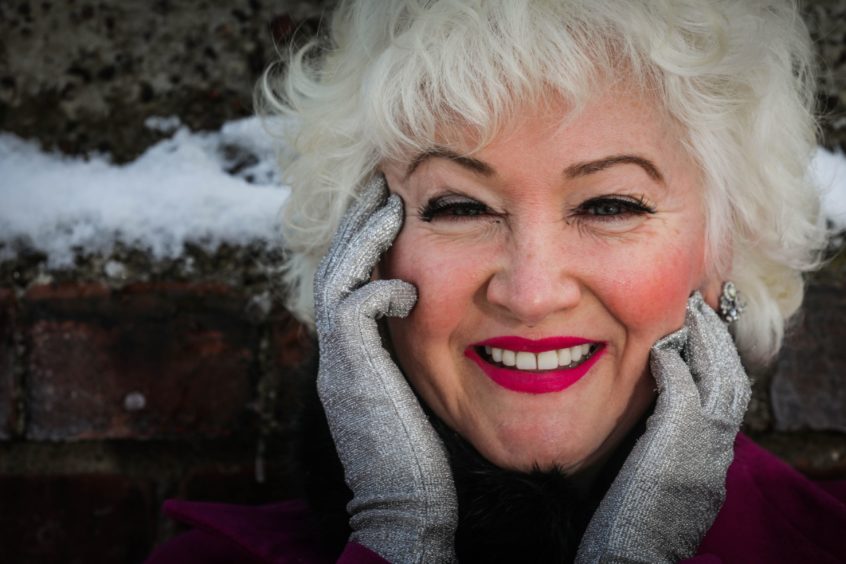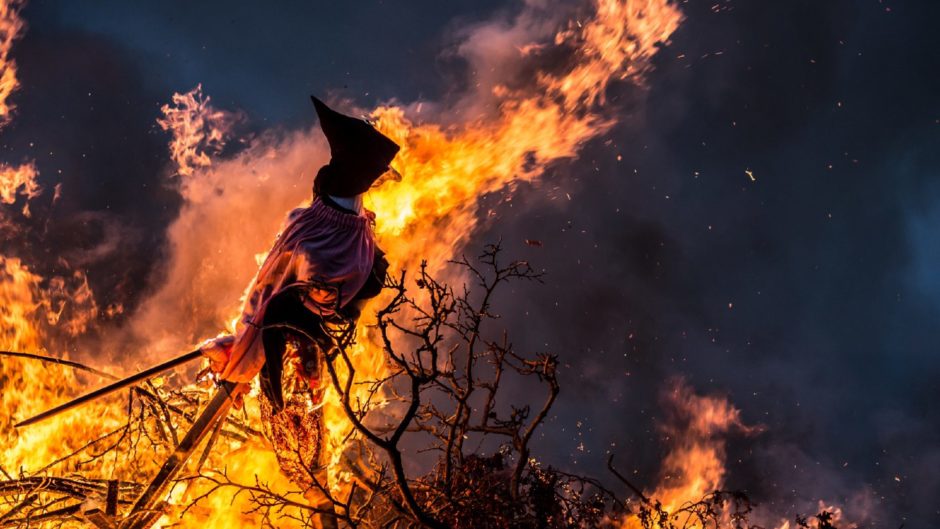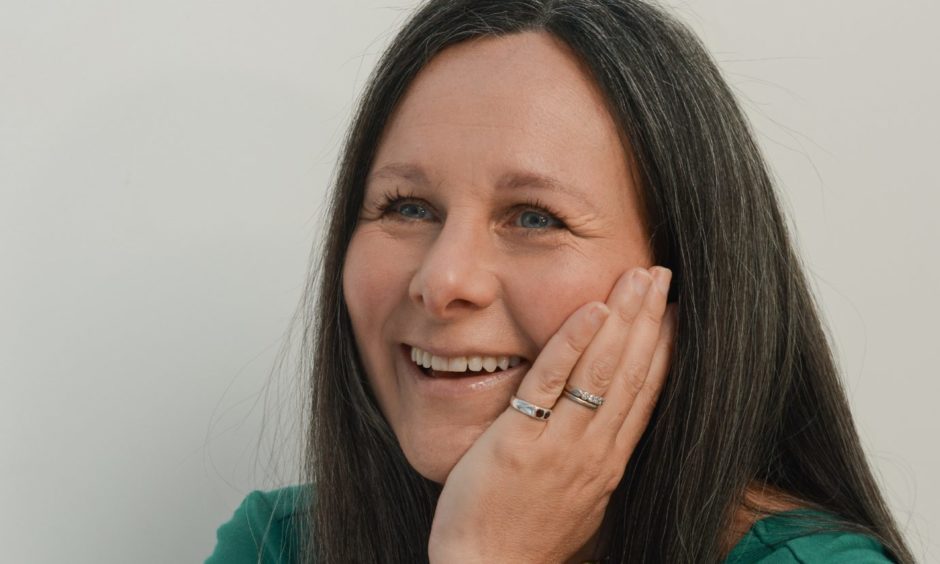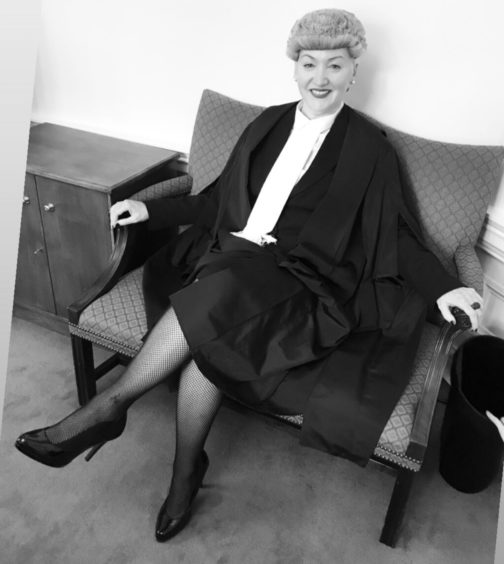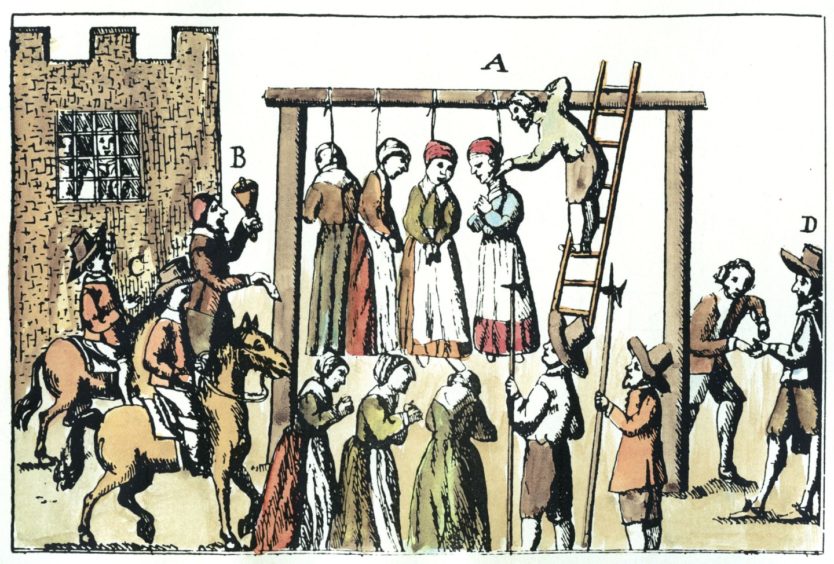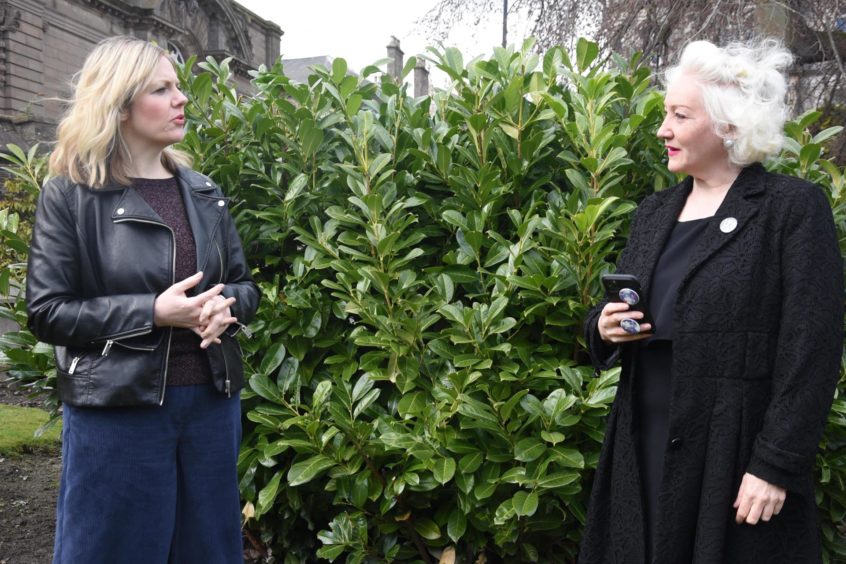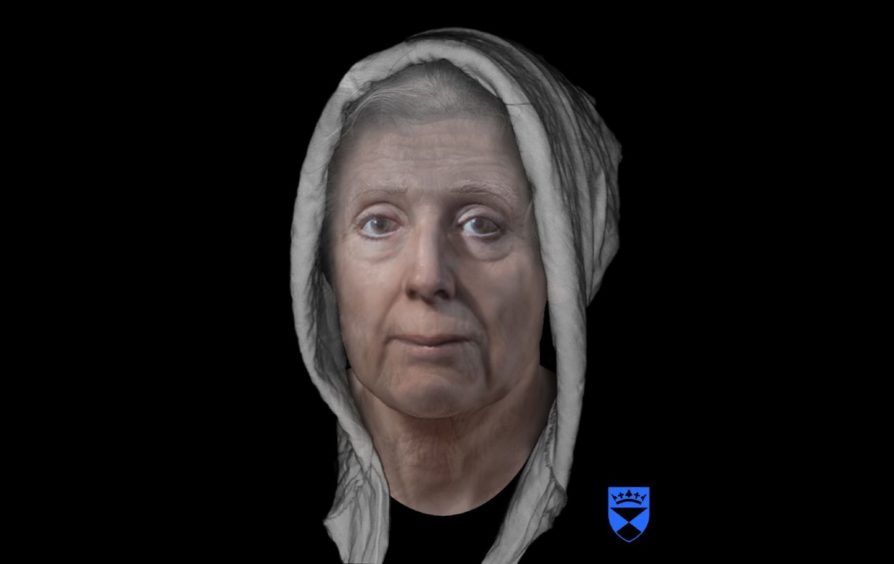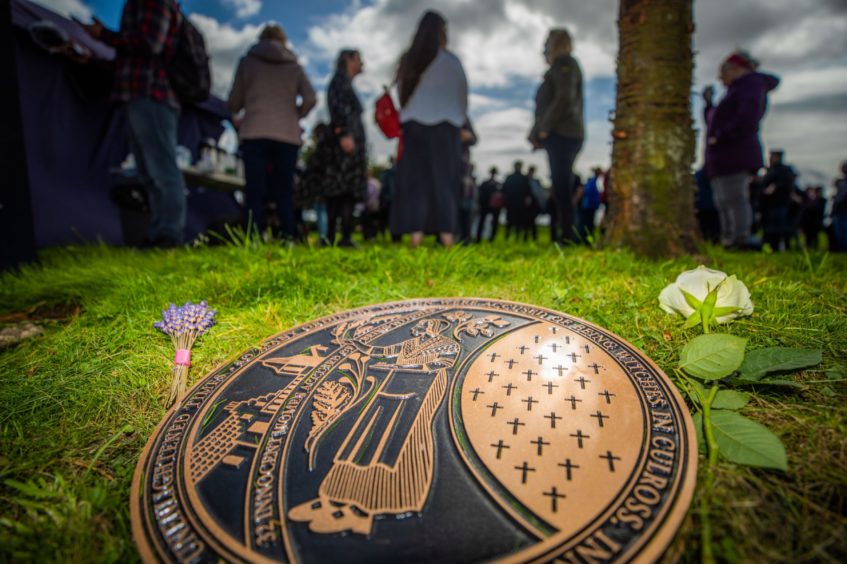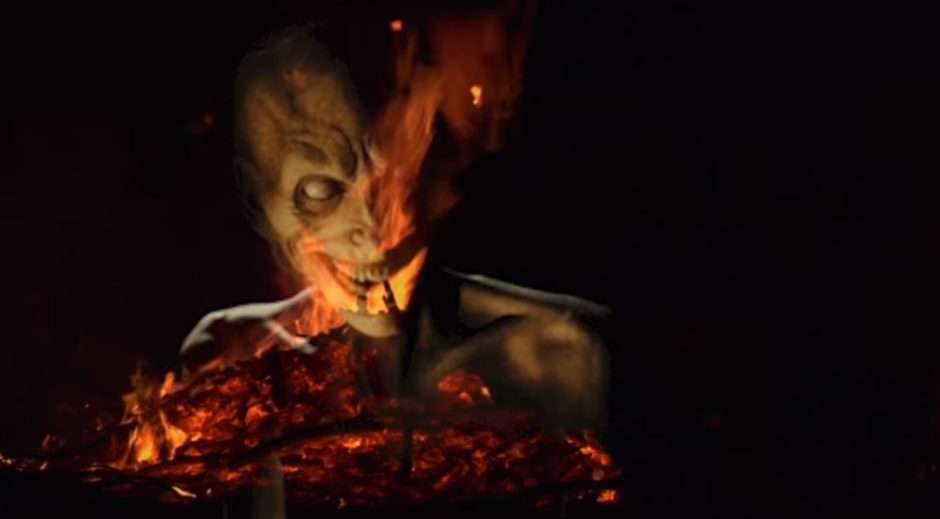Michael Alexander speaks to Dundee-based Claire Mitchell QC and Newport writer Zoe Venditozzi who are seeking posthumous justice for Scotland’s 16th to 18th Century ‘witches’.
When Dundee-based Claire Mitchell QC and Newport writer Zoe Venditozzi launched their Witches of Scotland (WoS) campaign on International Women’s Day last year, its aims were to secure a legal pardon, an apology and a national monument for the thousands of people – mostly women – that were convicted of witchcraft and executed in Scotland between 1563 and 1736.
The campaign has captured the public’s imagination with 3470 women – and men – signing a petition over the past year that is being passed on to the Scottish Parliament for consideration after the Holyrood elections.
In March, in the first government move of its kind, the Scottish Government responded to the submission by acknowledging historic injustice against women, stating: “There are clearly similarities between the injustices of those convicted in a discriminatory manner for same-sex sexual activity and the injustices of women classed as witches many centuries ago which could justify legislative steps being taken in this area”.
While the WoS campaign is about securing justice for the 4000 people accused of witchcraft and the 2500 executed in Scotland between the 16th and 18th centuries, the organisers believe its aims are just as relevant to the treatment of women worldwide today.
The kidnap and murder of Sarah Everard in London on March 15 and the “heavy-handed and misogynist” response from the police when a vigil was held afterwards has heightened debate about the right to protest and the wider role of women in the 21st century.
However, the WoS campaign also illustrates that allegations of witchcraft against women and children persist worldwide with the United Nations recently warning of a “significant increase” in accusations of witchcraft scapegoating.
Sorcery allegations today
Last year in the UK, allegations of witchcraft – mainly in the African and Asian diaspora – were a factor in the abuse of 2080 at-risk children, a rise of 7% from the previous year.
The Metropolitan Police has voiced concerns that children have been targeted by malevolent forces looking for a reason to blame someone for “illness, death, job losses or financial struggles” related to Covid.
Hundreds of women have been banished to “witch camps” in Ghana, thousands have been killed for alleged sorcery in India and Saudi Arabia has an anti-witchcraft police unit.
Claire Mitchell, who specialises in miscarriages of justice and describes herself on Twitter as a “probable witch”, says the primary driver of the WoS campaign is to right the wrongs of Scotland’s 16th-18th century Witchcraft Act, during which time those convicted were strangled to death and then burned at the stake.
However, by facing up to its past, she believes Scotland can also act as a beacon of compassion and hope to other countries today.
Miscarriages of justice
“For years I have been interested in Scotland’s witchcraft trials,” explains Claire, 49, in an interview with The Courier.
“You can’t help but work in the Old Town of Edinburgh and have an interest in miscarriages of justice.
“You can’t have an interest in Scottish history and not be interested in the witchcraft trials.
“I know there have been calls for memorials in the past as far back as 2008.
“But the real impetus for me to do something about it came when I read a book – a genuinely transformative book in a way – by Sara Sheridan called Where Are the Women? (as recently featured in The Courier).
“She brilliantly re-imagined Scotland as a place where all the women get street names and all the statues were to women.
“The book is called Where Are the Women? because it’s obviously acknowledging that we don’t have that in our society – the places are named after men essentially.”
Claire Mitchell – lawyer, feminist and historian
Born and raised in Glasgow where she attended Holyrood Secondary in Govanhill, Claire studied law at Glasgow University then worked as a criminal lawyer in Maryhill.
A lifelong feminist, she also worked as a women and children’s rights lawyer in Castlemilk Law Centre before going to the bar to become an advocate in 2003.
There she mainly worked in the appeal court before becoming a QC in 2019.
The decision to launch the WoS campaign on International Women’s Day last year came about when her interest in history, women’s issues and the law combined.
About the same time she read Sara Sheridan’s book, she was in the Faculty of Advocates library looking at some papers related to Dundee-born George ‘Bloody’ Mackenzie who was Lord Advocate of Scotland in 1677 and who infamously locked up 1200 Covenanters after the Battle of Bothwell Bridge in 1679. (He is now most famous for his poltergeist allegedly haunting the kirkyard at Greyfriars in Edinburgh).
She noted from the records that even amid the fervour of the time, Mackenzie had his doubts as to whether many of those being accused of witchcraft were indeed witches.
But the story that really effected Claire and made her think of the 4000 accused and 2500 executed souls – was when she read the account of a poor woman being tortured who asked her interrogators: “Can you be a witch and not know it?”.
“A short time after that I was walking around Princes Street Gardens as I often do thinking ‘where are the women’?” she says.
“I really started to notice that there are statues of men, there are men on horses, there are names of men, but there are no named women.
“Then I got to the top of Princes Street Gardens and there’s even a full size statue of a named bear! Wojtek the Soldier Bear who did lots of good things in World War Two.
“I looked up at the castle esplanade and not only is there nobody here who were celebrated for doing good things, they were also ignoring the history of the terrible injustice that happened to 4000 people – 85% of them women – and we don’t have so much as a sorry or anything.
“It was at that point I went home and I thought ‘what do I want from this campaign’?
“I want a pardon for those who were convicted. I want an apology for those who never got to trial for whatever reason whose lives were ruined by the accusation – people that died when they were tortured and all sorts of things.
“That might sound like a very legal way of looking at things, but because an apology can only relate to people who were convicted, I wanted a catch all apology for everyone else.”
Achievable route
Claire says she’d looked at witch craft trials before in a jurisprudential way.
It’s deliberate their campaign is focusing on the “achievable route” of securing an apology from state rather than church because, in a practical sense, the prosecutions were secular – albeit initiated by a belief in God, and the kirk was very much involved.
But she couldn’t look at the legal side without considering her feminist standpoint.
“It’s men accusing women and the underlying reason for men accusing women – the reason they accused women of witchcraft was because they were the ‘weaker sex’,” she says.
“As (Protestant preacher) John Knox said, they were the ‘port in the gate of the devil’.
“The belief was that because they were ‘weaker’, they must be ‘intellectually weaker’, and ‘morally weaker’.
“John Knox said that is how the devil got amongst society. I couldn’t have missed that as a feminist and as a lawyer – but it wasn’t until all those things came together at the one time that I thought this is why I want it!”
Campaign launch with Zoe Venditozzi
Claire had got to know Zoe Venditozzi – a writer who also works as a learning support teacher in Dundee – at the wedding of mutual friends and when she told Zoe about her plans, she was “totally on board with it”.
One of the early ideas was to start a podcast that would “educate and shine a light” on the issues.
Zoe, who grew up in Newport and went to school in St Andrews, realised none of this history had ever been taught to them at school.
It was only when she started to do some reading and when Claire was special guest at the opening of a Fife-based community group’s Accused Witches Trail in Culross that she began to make the connection with Fife where something like 12% of Scotland’s witch trials took place.
“I was quite shocked by that,” says Zoe.
“I went to school in Newport then St Andrews. I very much had a Fife education. But we didn’t get taught anything at all about these things. I had no clue about it.
“When I saw where Lilias Adie was buried in the revenant grave at Culross and so on, it made more of a personal connection for me.
“Then obviously doing the podcasts, each week we focus on different real cases and have obviously learned a lot more through the course of that.”
Claire and Zoe acknowledge there are several witch memorial campaign groups in Scotland including people in Paisley, Skye, Forfar and the recently renamed Remembering the Accused Witches of Scotland group in Fife that recently featured in The Courier.
As they all have similar aims, Claire and Zoe have been encouraging all the groups to join in their efforts.
Zoe adds: “We’re not saying memorials should be here or there or look like this. We want to get the agreement in principle and then see where that goes next.
“Claire and I are certainly not sitting at home with maquetes of what this sculpture should look like or anything like that.”
Claire says there have been encouraging signs with cross-party support. First Minister Nicola Sturgeon recently retweeted their tweet about an International Women’s Day live event they were hosting, which was “really helpful”.
EXCITING NEWS! You can now get involved in the campaign by adding your name to the public petition for a pardon, apology & national monument – listen in to our special episode as we read the petition and sign here https://t.co/rxrtqXaCBd https://t.co/2txnKQWQE0
— @witchesofscotland (@witchesofscotl1) February 3, 2021
Others who’ve got in touch include the Scottish Greens for who they did a talk on Mother’s Day, and various MPs, MSPs and community groups.
Differing views
However, not everyone agrees with the campaign. It was recently reported that Dr Peter Maxwell-Stuart of St Andrews University described the pardon call as a “dishonest gesture” that was trying to re-write history.
The author of several books on witchcraft said cases would need to be examined individually to establish any miscarriage of justice.
The drive against witchcraft was led by James VI, who believed there was a coven trying to kill him and his new wife, Queen Anne of Denmark.
Zoe adds: “We’ve had a few people getting in touch with reasons why they don’t think personally it should happen.
“They’ve ranged from one man who said if this happened then were we going to be looking to the Italians to apologise for the Roman invasion? Really how far back can you go? He said something like that.
“But once you talk about it, it becomes clear that there is actually a call for it to happen in the modern day – even though it was several hundred years ago there is still a relevance to it.
“I’m sad to say with the events of the last couple of weeks there is still an issue with women and safety and so on.
“That is one of our issues with this. It’s symbolic we think of parity for women and safety for women and that sort of thing. As a caveat it wasn’t only women. Fifteen per cent were men.
“Often it was women who were the accusers. So it’s a complex story, definitely. Not as straight forward as some people might present it.
“Some people have said the campaign’s a waste of money, but that’s not an issue because Claire and I are both working for free!”
To find out more about the Witches of Scotland campaign go to witchesofscotland.com/
